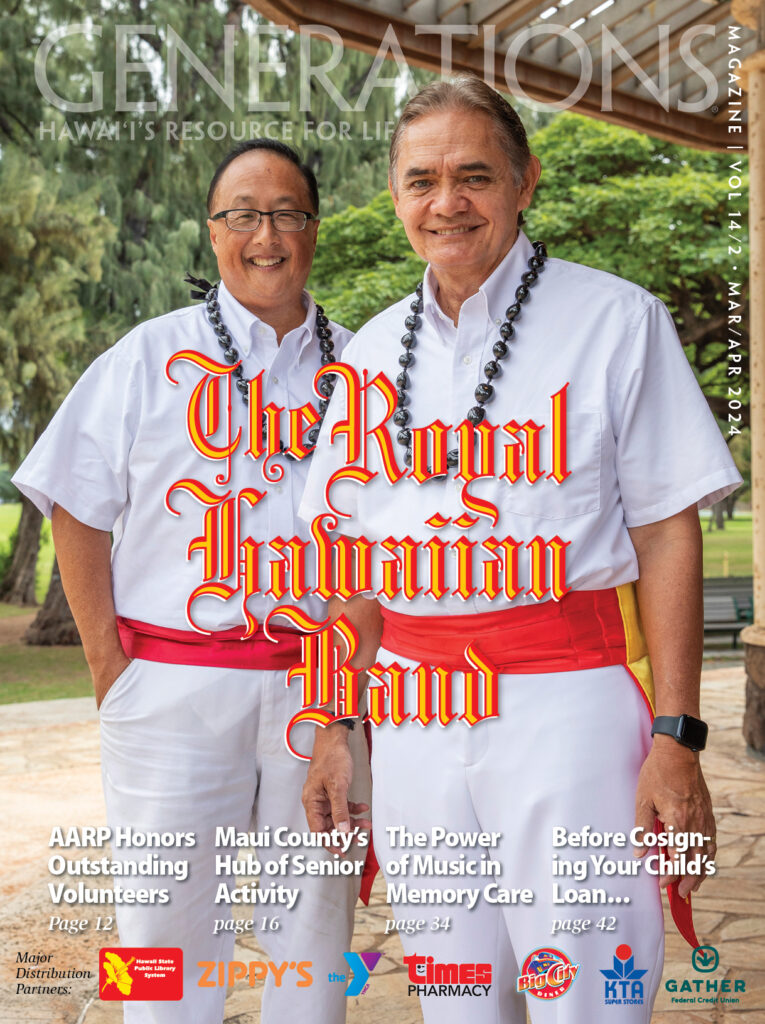Lately, I’ve had questions from beneficiaries of trusts asking “why did the decedent make the trust distribution a certain way?” The trust clearly identified who the beneficiaries were, and what they were to receive and how they were to receive it. Unfortunately the trust was silent as to “why” — the underlying reason and purpose for making the trust in the first place. Failing to clearly set forth the intention or purpose in one’s estate plan can lead to misunderstanding, confusion, hurt feelings, potential law suits and disruption of family relationships.
Clients come in to see an estate-planning attorney with clear intentions and purposes that are the foundation for establishing the estate plan.
Unfortunately, the lawyer listens to the clients’ purpose and intention and focuses all effort on writing “what, when, and how” into the trust, leaving out the trust’s purpose and intention.
Simon Sinek in his book, Start With Why, explains it this way: the “what, when, and how to do” come from our neocortex, our brain’s language center. The intentional and emotional purpose-driven “why” comes from our limbic brain, which has has no capacity for language.
This is why writing the purpose, emotion, and intention is difficult. Yet, we are emotional beings, and most of what we do is driven by clear intention and purpose. Therefore, it is important to put effort into writing out our intention and purpose.
Our estate plans are intended to be our last say, and the “why” must be expressed as the foundation for the plan.
Stephen B. Yim, Attorney at Law
2054 S. Beretania St., Honolulu
808-524-0251 | stephenyimestateplanning.com

